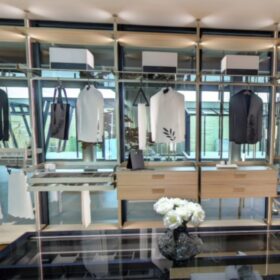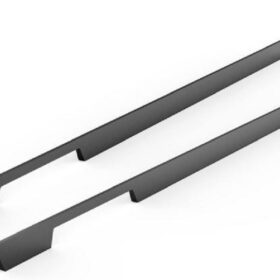The Environmental Advantages of Aluminium Frame Profiles
As the world becomes increasingly aware of the importance of environmental sustainability, architects and builders are seeking out construction materials that offer both high performance and a reduced environmental impact. Aluminium frame profiles are an excellent example of such a material, providing a range of environmental benefits that make them an ideal choice for modern construction projects.
Durability and Longevity
Aluminium is a highly durable metal that resists corrosion and weathering, making it an ideal choice for exterior applications. Aluminium frame profiles have a long lifespan, typically lasting for decades without requiring major repairs or replacement. This durability reduces the need for frequent material replacement, conserving resources and reducing waste.
Recyclability
Aluminium is one of the most recyclable materials on the planet. Aluminium frame profiles can be recycled repeatedly without any loss of quality, making them a sustainable choice that supports the circular economy. When recycled, aluminium requires only a fraction of the energy used to produce new aluminium, further reducing its environmental footprint.
Thermal Efficiency
Aluminium has excellent thermal conductivity, which allows it to transfer heat effectively. Aluminium frame profiles can be used in conjunction with thermal insulation to create highly energy-efficient building envelopes. This reduces energy consumption for heating and cooling, resulting in lower greenhouse gas emissions and operating costs.
Lightweight
Aluminium is a lightweight metal that does not add excessive weight to buildings. This reduces the need for structural reinforcement and allows for more efficient transportation, saving energy and reducing emissions. The lightweight nature of aluminium also contributes to the overall sustainability of the building.
Versatility
Aluminium can be easily extruded and shaped into a wide variety of profiles, making it suitable for a range of applications. From windows and doors to curtain walls and skylights, aluminium frame profiles can be customized to meet specific design requirements and performance criteria. This versatility reduces the need for multiple materials and simplifies construction processes.
Conclusion
The environmental advantages of aluminium frame profiles make them an attractive choice for sustainable construction. Their durability, recyclability, thermal efficiency, lightweight properties, and versatility contribute to reduced resource consumption, lower greenhouse gas emissions, and a more sustainable built environment. By incorporating aluminium frame profiles into building designs, architects and builders can create structures that are both environmentally friendly and aesthetically pleasing.
-
2024-11-29Top Trends in Modern Kitchen Cabinet Pulls for 2024
-
2024-11-28The Ultimate Guide to Modern Kitchen Cabinet Pulls- Materials, Styles, and Tips
-
2024-11-27Elevate Your Kitchen Design with These Must-Have Modern Cabinet Pulls
-
2024-11-26Sleek and Stylish- The Best Modern Kitchen Cabinet Pulls for a Contemporary Look










